Since its establishment in 1989, DSD has been charged with the task of wastewater treatment and stormwater drainage, protecting Hong Kong citizens against flooding and providing them with proper sewage services.
Overview of Sewage Treatment in 2014-15
Sewage collection, treatment and disposal is another core service of DSD. The majority of pollutants, toxic substances and bacteria are removed from sewage through the various sewage treatment processes and advanced technologies. We are committed to enhancing efficiency and quality of our sewage service in order to safeguard the quality of Hong Kong waters.
- DSD manages 297 sewage treatment facilities, including 70 sewage treatment works (STWs) and 227 sewage pumping stations
- Around 1 billion cubic metres of sewage was treated over the year, i.e. on average 2.8 million cubic metres per day
- Public sewerage network runs 1,700 kilometres in length, serving 93% of Hong Kong’s population
- 355,000 tonnes of sludge were processed during the year
Professional Laboratory Services
DSD runs various laboratories with high quality and professional testing services, and ensure that our sewage treatment processes comply with statutory requirements. Since 1999, Sha Tin Central Laboratory and Stonecutters Island Laboratory have progressively been certified under the Hong Kong Laboratory Accreditation Scheme (HOKLAS) operated by the Hong Kong Accreditation Service. In 2014-15, we initiated the application for accreditation for four testing items on trace metal. By 2015-16, the number of accredited tests is expected to be increased to 30 types.
We conduct over 14 different types of tests on a regular basis, with over 257,000 analyses completed during the year. Test results regarding the effluent quality of our major STWs are available on our website.
Planning, Design and Construction of New Sewerage Facilities
While we keep appropriate maintenance and repair works to ensure effective operation of our sewage collection, treatment and disposal facilities, we continue to expand our sewerage system and upgrade the facilities in a timely manner. Our various sewerage projects proceeded smoothly during the year and the details are provided below.
Harbour Area Treatment Scheme Stage 2A
The two-stage Harbour Area Treatment Scheme (HATS) aims to collect and treat sewage generated from both sides of Victoria Harbour for improving its water quality. Stage 1 was commissioned in December 2001 while the major works of Stage 2 comprises the following three components:
- Upgrading Works at Stonecutters Island Sewage Treatment Works (SCISTW);
- Upgrading of eight existing Preliminary Treatment Works (PTWs); and
- Construction of the Sewage Conveyance System (SCS).
Current Progress
All the above three components were completed in early 2015 and put into operation in phases. The project cost of Stage 2A is about $17.5 billion.
Highlights of Major Works in 2014-15
Upgrading Works of SCISTW
As part of the upgrade, two environmentally friendly sludge vessels were built in the first quarter of 2015 and launched in the maiden voyage ceremony on 5 March 2015. The vessels, named “Clean Harbour 1” and “Clean Harbour 2”, are responsible for transferring all sludge generated from SCISTW to the sludge treatment facility in Tuen Mun. The vessels are notable in that:
- They are the first diesel-electric propulsion container vessels in Hong Kong, using ultra-low sulphur diesel to generate electricity for propulsion; and
- They are connected to on-shore power supplies when berthed, without using diesel and thereby achieving zero emission.
During the year, the construction of an effluent tunnel (8.5 metres in diameter, some 880 metres in length), sludge holding tanks and a sludge dewatering building were completed.
Compared to regular ships, the two sludge vessels collectively reduce 130 tonnes of carbon emission each year, equivalent to the carbon load absorbed by 6,000 trees in a year.
Upgrading of Eight Existing PTWs
The works involve improving the eight existing PTWs at North Point, Wan Chai East, Central, Sandy Bay, Cyberport, Wah Fu, Aberdeen and Ap Lei Chau. The progress was smooth during the year, with the sewage collected by the PTWs to be diverted to the newly-built SCS in 2015.
Construction of Sewage Conveyance System
Totaling 21 kilometres in length with a maximum depth exceeding 160 metres below sea level, the SCS is one of the deepest sewage tunnels in the world. Breakthrough of all tunnel sections was achieved in September 2014 and concrete lining works were proceeded right away.
Upgrading of Pillar Point STW
In order to accommodate population growth and new development in Tuen Mun, we commenced upgrading works to Pillar Point STW in July 2010, raising sewage treatment capacity from 215,000 cubic metres to 241,000 cubic metres while upgrading its treatment level from primary treatment to chemically enhanced primary treatment with ultraviolet disinfection.
Current Progress
Upgrading Works were completed and the new facilities were commissioned in May 2014 at a project cost of about $1.4 billion.
Upgrading of North District and Tolo Harbour Sewerage
In March 2015, we completed improvement works to the sewerage systems at Sha Tin, Tai Po and North District by upgrading their capacity and expanding them to unsewered areas. The works, including the laying of 14 kilometres of sewers and rising mains as well as improving three sewage pumping stations in the district, were designed to meet the population growth and development needs in these areas.
Current Progress
The project commenced in 2009 and were completed and commissioned in March 2015, at a project cost is about $800 million.
Village Sewerage Works on Lamma Island
In 2008, we commended sewerage works on Lamma Island to improve its water quality and hygiene conditions. The project includes building new STWs in Yung Shue Wan and Sok Kwu Wan, as well as laying around 5.1 kilometres of sewers for eight villages.
Current Progress
Village sewerage works were completed in 2011, while Yung Shue Wan and Sok Kwu Wan STWs were put into operation in December 2014 and January 2015 respectively. The project cost is about $600 million.
Relocation of Sha Tin STW to Cavern
By relocating Sha Tin STW into caverns, 28 hectares of land can be released for other beneficial uses for the community. In September 2014, we awarded a consultancy agreement for the major works at a sum of about $640 million. The consultancy agreement covers preliminary and detailed design for the construction works, comprehensive impact assessments, site investigations, public engagement activities, tendering exercises and supervisory tasks for future construction works.
Current Progress
The consultancy agreement was awarded for the major works. Site investigations and design are underway and scheduled for completion in phases from 2017. Construction works will follow.
Expansion of Shek Wu Hui STW
To tie in with the rapid development of Northern District, we are planning to uplift the treatment capacity of Shek Wu Hui STW in phases and upgrade its treatment level to tertiary treatment to protect the ecology at Deep Bay. We will also take this opportunity to improve the environment of the STW with full-fledged odour management measures and landscaping works.
Current Progress
The advance works (including conversion of an existing bioreactor and two final sedimentation tanks into membrane bioreactors) and detailed design of the major works are scheduled for commencement in 2015. The cost of advance works is about $500 million.
Upgrading of Mui Wo STW
We are implementing improvement works at Mui Wo STW, which include upgrading the sludge treatment and deodorisation facilities as well as carrying out landscaping works, at a cost of about $300 million. Upon completion, the daily treatment capacity of Mui Wo STW will be increased from 1,190 cubic metres to 3,700 cubic metres to cope with future development needs.
Current Progress
Construction works commenced in 2012 and are scheduled for completion in 2017.
Expansion of Village Sewerage
Over the years, DSD strives to expand public sewerage systems to villages in a bid to improve hygienic conditions in rural areas as well as the quality of nearby water bodies. Construction works for sewerage projects are currently underway in Northern District, Tai Po, Sha Tin, Yuen Long, Kam Tin, Tuen Mun, Sai Kung and the Outlying Islands.
Current Progress
As of March 2015, we have laid public sewerage for over 170 villages. The works for some-80 villages are underway and the schemes for some-240 villages are under planning and design.
Overview of Sewage Services Charges
In accordance with the “Polluter Pays” principle, the Sewage Services Charging Scheme came into effect on 1 April 1995 for all users whose premises are connected to public sewerage. The charge is composed of Sewage Charge (SC) and Trade Effluent Surcharge (TES). There are currently 27 trades under the TES.
Customer Inquiry
DSD’s services, whether they are in relation to sewage treatment or stormwater drainage, are closely related to public life. In order to provide quality services to the public, apart from enhancing the performance of our facilities, we also provide a range of routine services to cater their needs. In 2014-15, we received 7,243 written and telephone inquiries in relation to our sewage services, of which over 98% of the written inquiries were replied within a month, which is in fulfillment of our performance pledge.
Written Enquiries Received in 2014-15 by Category
Billing and Water Consumption Statistics
Of approximately 2.88 million water utility users in Hong Kong, about 2.66 million are liable for SC. There are around 24,200 non-domestic users operating in one of 27 trades which are liable to pay the TES. The distribution of the TES is as follows:
Distribution of TES Accounts in 2014-15, by Sector
Reassessment of TES Rate and Discharge Ratio
Non-domestic consumers may apply for a reassessment of the TES rate or discharge factor if they consider that their effluent strength or discharge factor is lower than the corresponding values specified. The validity period for the reassessed TES rate is three years.
Applications for Reassessment of COD (Chemical Oxygen Demand) in 2014-15, by Sector
Managing Underground Drainage and Sewerage Networks
DSD currently manages a total of over 4,500 kilometres of underground drains and sewers. Many of them show signs of wear and tear and we schedule regular inspection plans to monitor the conditions of these underground pipes and conduct rehabilitation works as and when necessary. In 2014-15, we rehabilitated about 23 kilometres of drains and sewers at a cost of about $85 million.
In anticipation of growing needs for rehabilitation, we are now formulating a long-term and territory-wide replacement and rehabilitation (R&R) strategy in order to better manage our underground pipes. At the same time, we also research and apply various cutting-edge R&R techniques to efficiently maintain our underground facilities so as to improve the cost-effectiveness of our works.




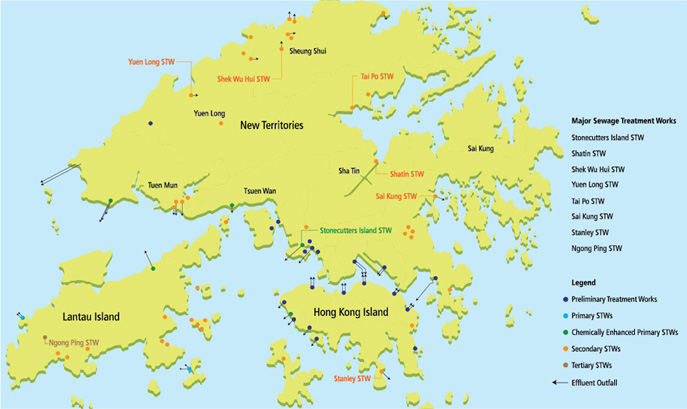
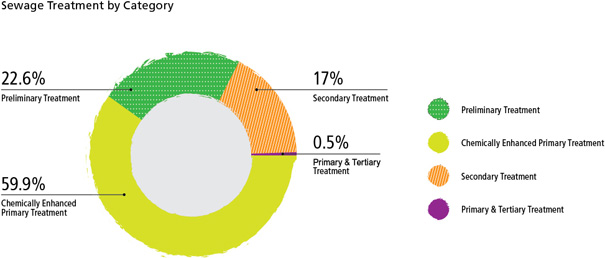
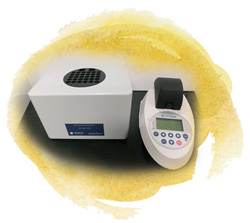
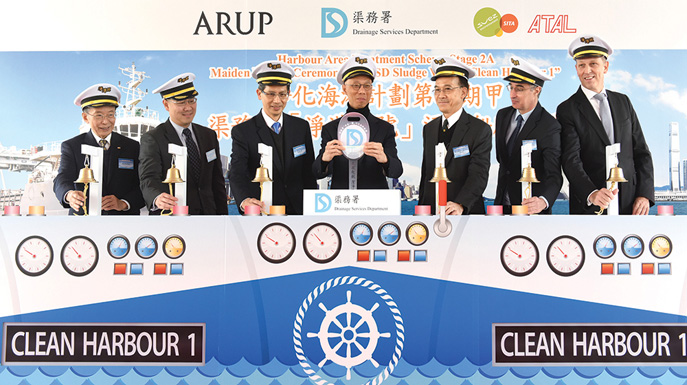
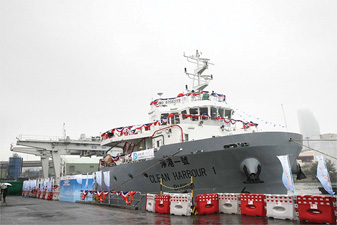
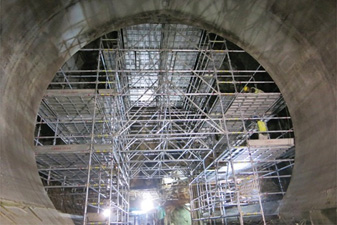
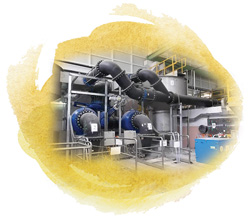
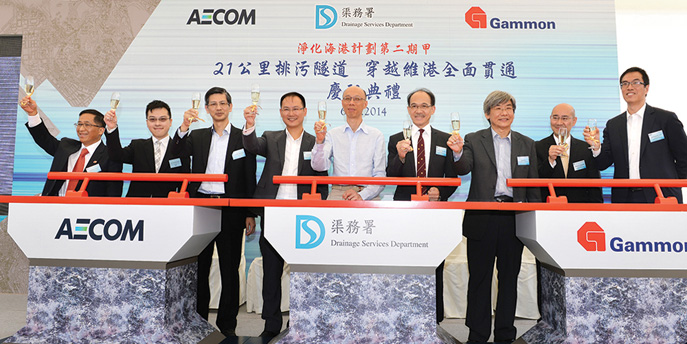
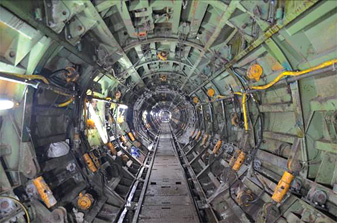
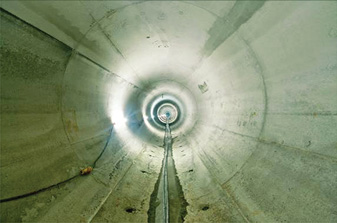
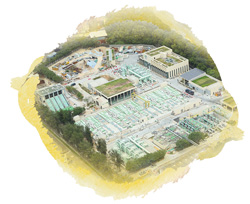
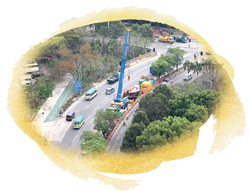
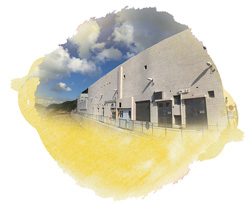
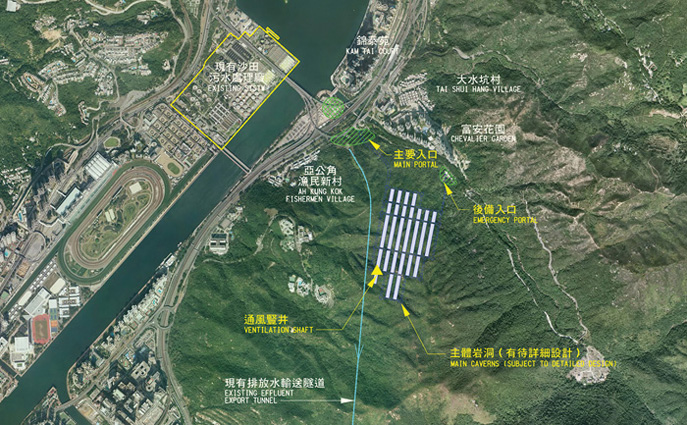
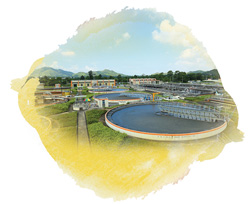
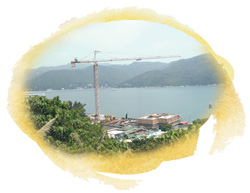

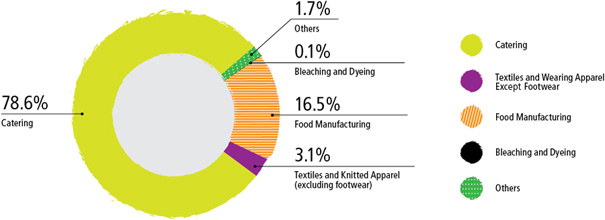
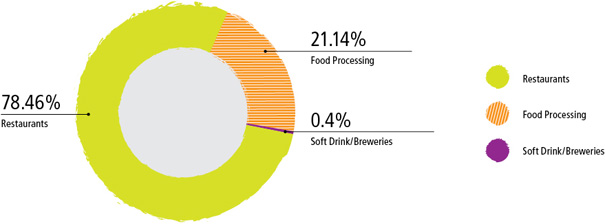
 Sitemap
Sitemap